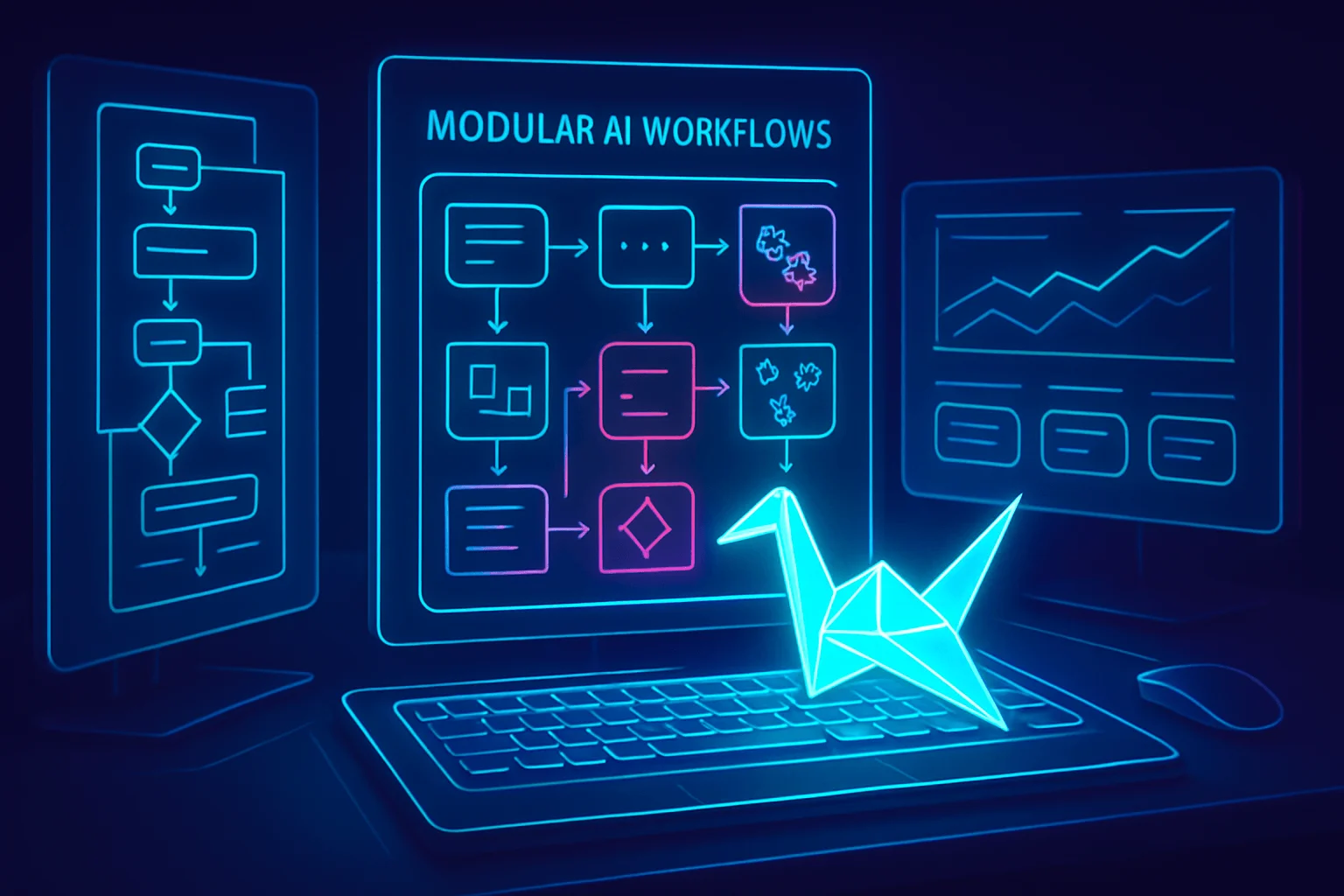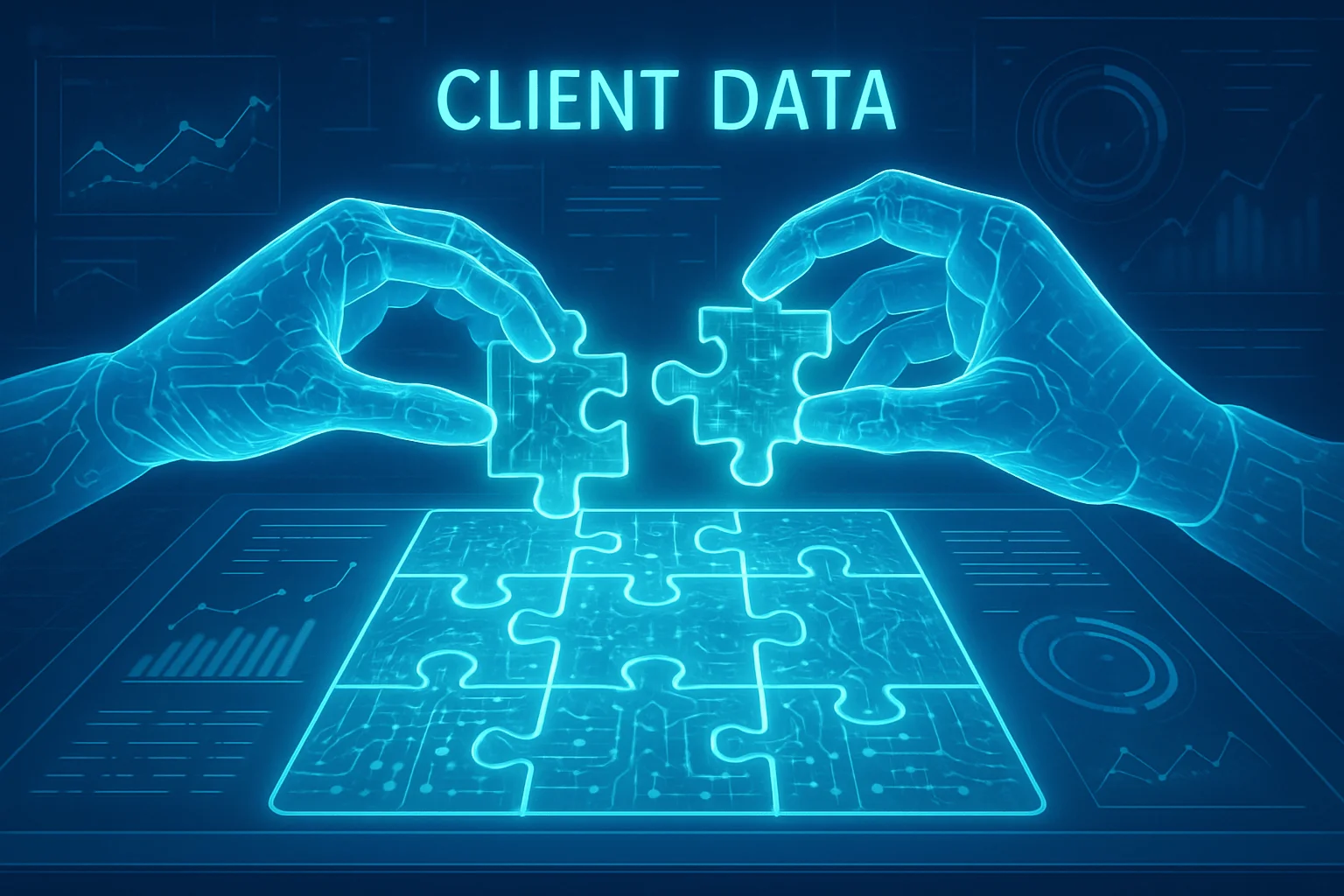Boost Business Efficiency Using Agentic AI for Client Success

Picture this: your team is ready to onboard a new client, but instead of seamless collaboration, you’re grappling with repetitive forms, lost emails, and delays that chip away at their trust. It’s a familiar scene for many businesses, and a costly one—recent studies reveal that efficient onboarding can boost client retention rates by up to 50%. In a world where productivity and speed increasingly define reputations, the quest for smarter, faster workflows is more urgent than ever. Agentic AI—a dynamic breed of artificial intelligence capable of autonomous decision-making—has emerged as a transformative force in this landscape. Forward-thinking organizations are harnessing Agentic AI to orchestrate client onboarding with unprecedented precision, freeing professionals to focus on relationship-building and value delivery. In the following article, you’ll discover how this technology reimagines every touchpoint of the onboarding journey, from real-time document collection to proactive progress tracking. We’ll explore practical strategies for integrating Agentic AI, highlight the measurable benefits for both clients and teams, and offer actionable insights to ensure your business scales smoothly without sacrificing the personalized touch.
Intelligent Document Collection & Validation
Integrating agentic AI into client onboarding workflows can supercharge the way businesses collect, review, and validate client-supplied documentation. Traditionally, this step is pummeled by manual requests, long email chains, and risk of human error, leading to delays and frustrated clients. By deploying AI-powered agents, businesses streamline the document submission process, automate compliance checks, and flag missing or inconsistent information, allowing teams to focus on higher-value tasks. According to workflow automation studies, firms utilizing AI in this phase reduce document processing times by up to 60% and report a 40% decrease in onboarding drop-off rates.
Workflow Steps:
- Agents send personalized document requests to clients via secure portals.
- AI automatically scans submitted documents for completeness and compliance (e.g., KYC/AML).
- Intelligent reminders are triggered if documents are missing or incomplete.
- AI flags discrepancies or potential issues for review by compliance officers.
- Final validation is logged, and compliant documents are auto-routed to the next onboarding phase.
Best Practice:
Use adaptive AI models that learn from each onboarding cycle to refine document checklists and request templates, improving relevance and reducing client friction over time.
Mini Scenario:
A wealth management firm onboards a new high-net-worth client. Instead of back-and-forth emails, the client receives an automated checklist. After uploading a passport scan, the AI agent instantly verifies its validity, flags a missing proof of address, and sends a reminder with instructions. The client complies, and the documents are approved the same day, allowing the advisor to focus on portfolio discussions—not paperwork.
Automated Client Profiling & Risk Assessment
Agentic AI’s capacity for rapid data synthesis is a game-changer for client profiling and risk evaluation. AI systems pull and analyze data from diverse sources—public records, credit agencies, social media, internal records—offering a 360-degree client view. The transformation here is immense: companies citing AI-based profiling report up to 85% faster risk assessments, while minimizing manual biases and oversight.
Workflow Steps:
- AI ingests preliminary client data from submitted forms and external databases.
- Machine learning algorithms assess risk based on historic trends, peer benchmarking, and regulatory parameters.
- Natural Language Processing (NLP) modules analyze qualitative data, such as email tone or social presence, to refine client profiles.
- Scores and flagged risks are summarized for human advisors for final verification.
Best Practice:
Regularly retrain risk models on updated datasets, ensuring the AI accounts for evolving market conditions and compliance frameworks.
Mini Scenario:
An insurance broker needs to onboard a small business as a client. The AI instantly gathers and analyzes the company’s credit history, recent press, and director backgrounds. It identifies a potential risk in supply chain dependencies, alerting the broker to tailor a more relevant policy. The process, which once took two days, is completed in under 30 minutes with rich, actionable insights.
Personalized Client Communications Automation
Timely, contextual, and personalized communication is crucial for successful onboarding. AI agents, powered by natural language generation technologies, automate communications while maintaining a personal touch: welcome messages, FAQs, follow-ups, and status updates are seamlessly orchestrated. According to productivity research, companies leveraging AI-driven communications see a 55% boost in client satisfaction scores during the onboarding period.
Workflow Steps:
- AI sends welcome emails and tailored onboarding instructions as soon as the client signs up.
- Automated agents respond to routine inquiries, using contextual understanding to deliver relevant content.
- AI monitors inbound communication for urgency and sentiment, escalating issues requiring human attention.
- Updates on onboarding progress are proactively delivered across email, SMS, or in-app notifications.
Best Practice:
Segment client communications based on both profile and behavioral insights, allowing AI-driven content to feel genuinely personalized rather than templated.
Mini Scenario:
A SaaS provider’s new enterprise client receives a personalized onboarding dashboard. The AI sends step-by-step instructions and is available 24/7 via chatbot. When the client asks about data security, the agent offers a knowledge base article and an offer to schedule a call with a security specialist—resulting in a smooth, managed experience that builds early trust.
Smart Task Assignment & Internal Collaboration
Agentic AI optimizes internal operations by assigning onboarding tasks to the most suitable team members based on skillsets, existing workloads, and even historical performance data. This automation not only eliminates bottlenecks and repetitive task assignment, but also ensures value is captured at each client touchpoint. Recent data shows firms practicing AI-driven task coordination report up to 30% more efficient onboarding cycles and greater staff satisfaction.
Workflow Steps:
- AI parses onboarding requirements and maps tasks to internal workflows.
- Predictive analytics determine which agents or employees are best positioned to complete each task.
- AI schedules tasks, sends reminders, and monitors progress against KPIs.
- Automated escalation rules ensure no critical step is delayed or overlooked.
Best Practice:
Integrate your AI task orchestration with calendar and project management platforms to create real-time visibility and accountability across project teams.
Mini Scenario:
A commercial property management company is onboarding a corporate tenant. The AI agent distributes documentation review to legal, account setup to IT, and compliance training to HR—each based on current availability and historical performance. Progress is tracked in a centralized dashboard, reducing cycle time from weeks to days, and eliminating cross-departmental miscommunication.
Adaptive Compliance & Regulatory Updates
Navigating shifting regulatory landscapes is daunting, but agentic AI turns compliance into a dynamic, proactive feature of client onboarding. AI constantly monitors applicable laws, industry guidelines, and international regulations, adapting workflows instantly so firms remain both agile and compliant. Businesses surveyed on AI regulatory tracking cite a 75% reduction in compliance incidents and faster audit resolution times.
Workflow Steps:
- AI integrates with industry regulatory databases and subscribes to live legislative updates.
- As regulations change, onboarding checklists and workflows self-update in real time.
- AI dynamically generates new disclosures or documentation requirements for at-risk client segments.
- Compliance incidents are detected early and flagged, triggering automated mitigation procedures.
Best Practice:
Schedule regular audits of AI-driven compliance logic with both legal and technical experts—this ensures that models adapt correctly and interpret nuanced regulatory language properly.
Mini Scenario:
A fintech startup operating in multiple regions adopts agentic AI. When a new data privacy law is published, the AI identifies all onboarding flows impacted, instantly updates consent forms, and notifies both clients and compliance officers of the change—ensuring seamless adherence without any service interruption.
Common Challenges
While agentic AI revolutionizes onboarding efficiency, pitfalls can undermine its potential if left unaddressed.
-
Incomplete Data Integration:
Siloed systems or legacy platforms may prevent AI from accessing essential data, undermining end-to-end workflow automation.
Proper API strategies and phased digital transformation efforts are crucial to enabling holistic data visibility. -
Overreliance on Automation:
Delegating every task to AI without human oversight risks overlooking exceptional cases or context-specific nuances, especially in industries subject to high-touch client relationships or strict regulation.
AI should be seen as an augmentation tool—not a replacement for experienced professionals. -
Resistance to Change:
Staffers and clients alike may be wary of “machine-driven” processes, fearing loss of control, accountability, or personalization.
Thorough change management and education, coupled with transparent AI decision logic, can build trust and acceptance.
Overcoming Challenges:
“Blend the strengths of automation with human expertise and invest in robust change management to ensure both operational efficiency and user trust—this is the true key to transformative onboarding.”
Key Takeaways
- Agentic AI-driven document handling dramatically accelerates onboarding and increases client retention by automating validation and compliance.
- Real-time data integration and AI risk profiling allow for faster, richer, and more accurate assessments, streamlining decision-making.
- Personalization isn’t sacrificed for automation; AI communications empower human-like, 24/7 client engagement.
- Optimized task assignment ensures resources are allocated based on data-driven insights, eliminating internal inefficiency and bottlenecks.
- Continuous regulatory adaptation via AI mitigates compliance risks and minimizes operational disruption—a future-ready approach.
- Success with agentic AI requires careful orchestration of data, human oversight, and change management to achieve seamless business growth.
FAQs
Q: How do I ensure data privacy and security when using agentic AI for onboarding?
A: Implement strict access controls, data encryption (both in transit and at rest), and rigorous audit trails for all AI actions. Choose AI vendors that are compliant with international data privacy laws such as GDPR or CCPA. Regular third-party security reviews and penetration testing should accompany any deployment, ensuring both technological and regulatory safeguards.
Q: What is the best way to onboard staff to work alongside agentic AI systems?
A: Start with a structured change management plan: provide targeted training on AI workflows, clarify the AI’s scope and limitations, and illustrate real-world benefits to reduce skepticism. Involve staff early in pilot phases, gather feedback, and adjust processes iteratively. Foster a culture that values AI as an augmentation tool, not a competitor.
Q: Can agentic AI be customized for niche regulatory environments or specialized industries?
A: Absolutely. Many advanced agentic AI platforms support modular configuration, allowing the integration of industry- or jurisdiction-specific rulesets, data sources, and workflow logic. Collaborate closely with AI vendors and regulatory consultants to configure, test, and regularly update these specialized workflows—ensuring accuracy and agility as business needs evolve.
Adopting agentic AI into client onboarding isn’t just about speed—it’s about delivering exceptional, personalized experiences that set your business apart. By streamlining tedious tasks and empowering teams to focus on high-value client interactions, you’re paving the way for sustainable growth and stronger relationships. As AI, automation, and productivity solutions continue to evolve, staying proactive and informed will keep your business ahead of the curve. Reflect on how your current onboarding could improve and experiment with the actionable strategies discussed here. Stay curious, stay agile, and let us know in the comments how you’re elevating your workflows—your success story could inspire others!



